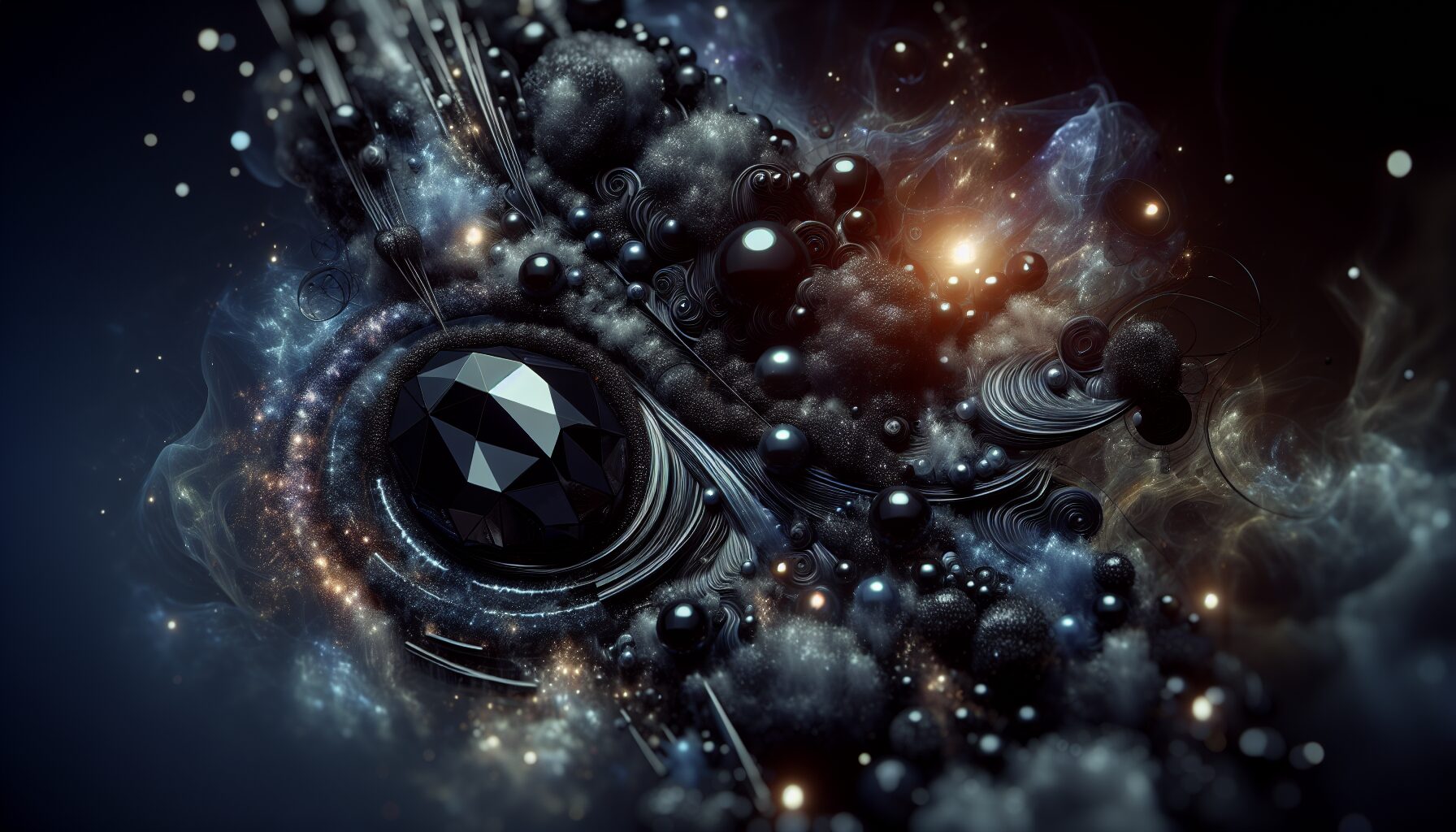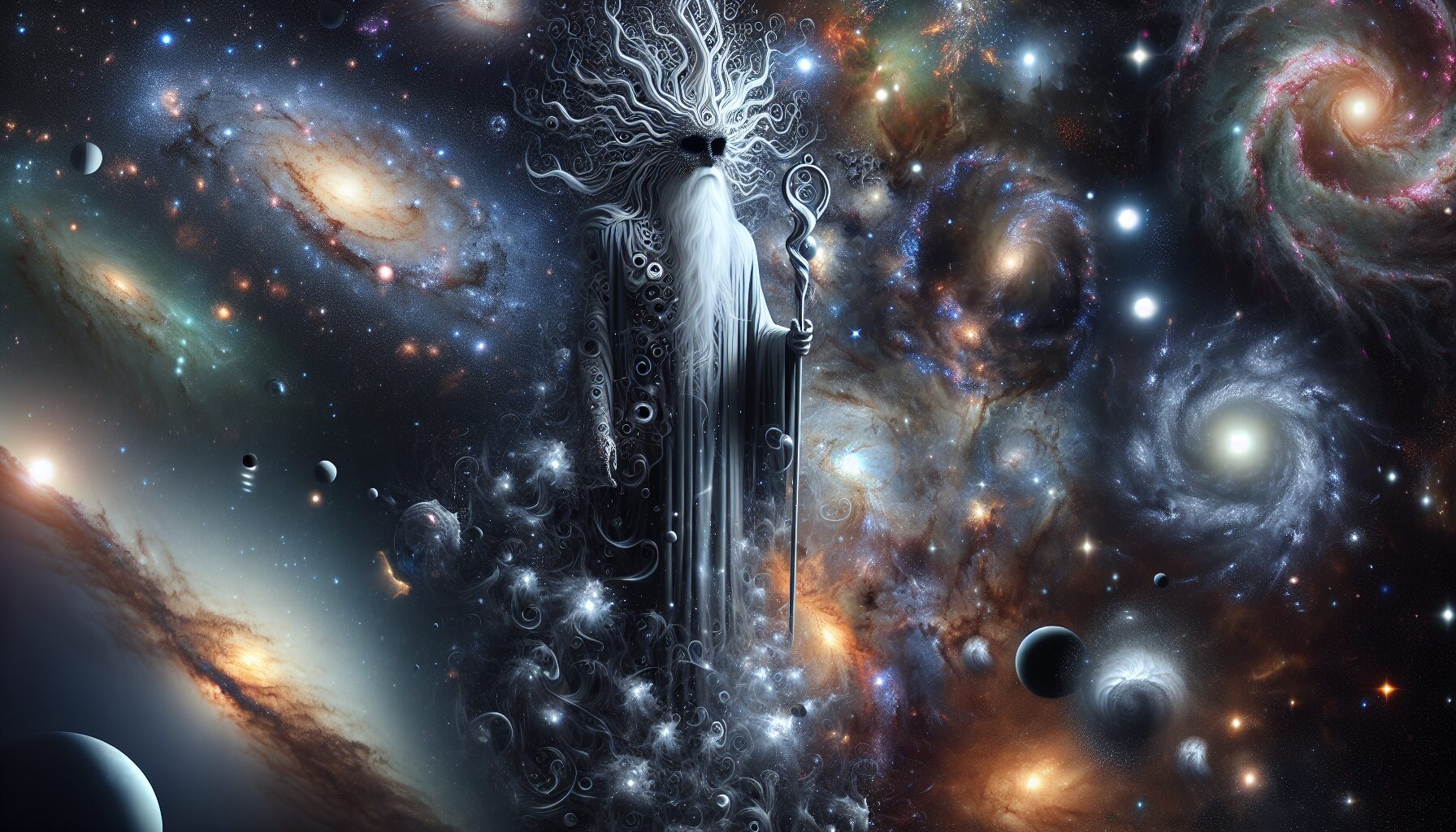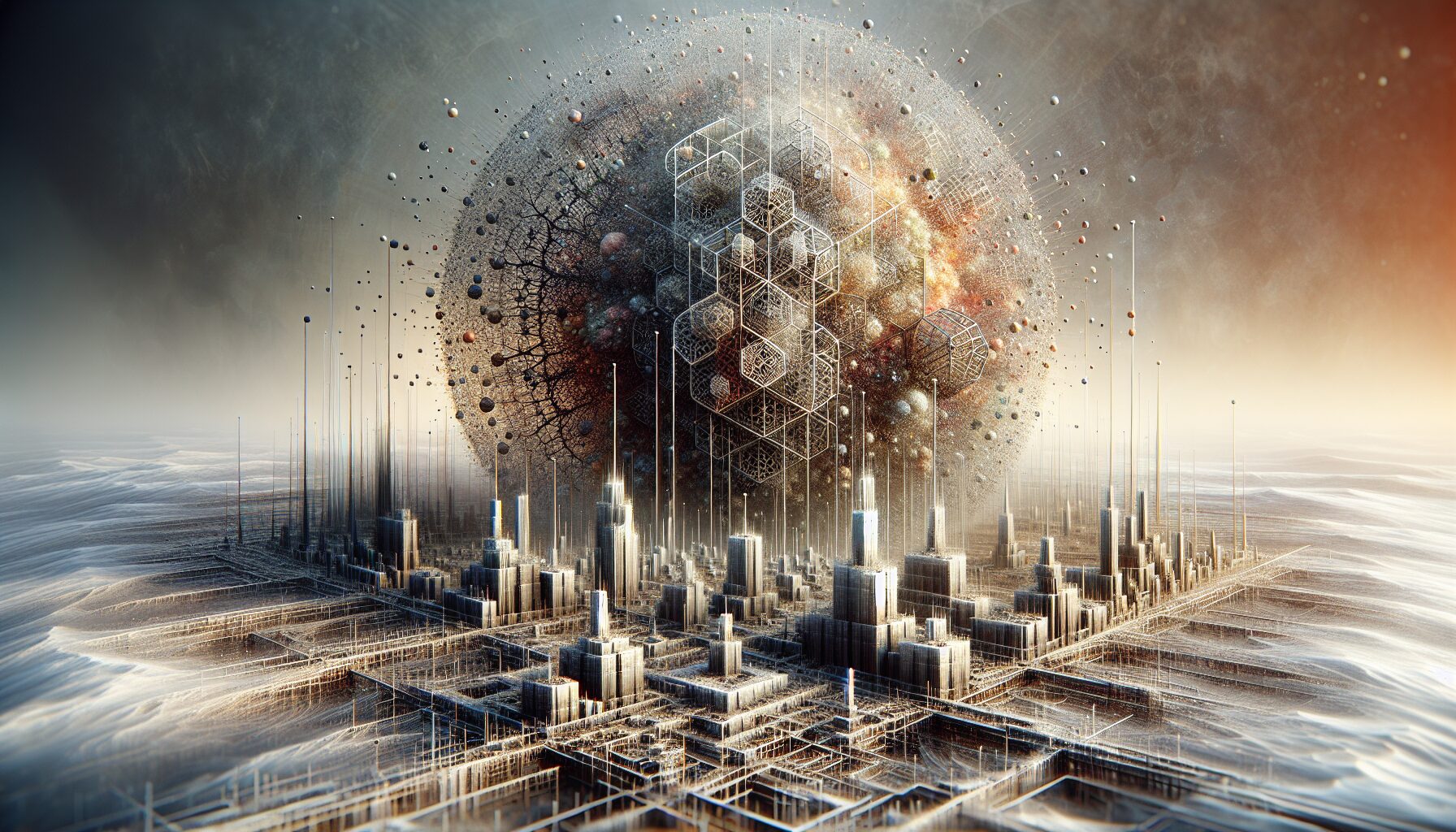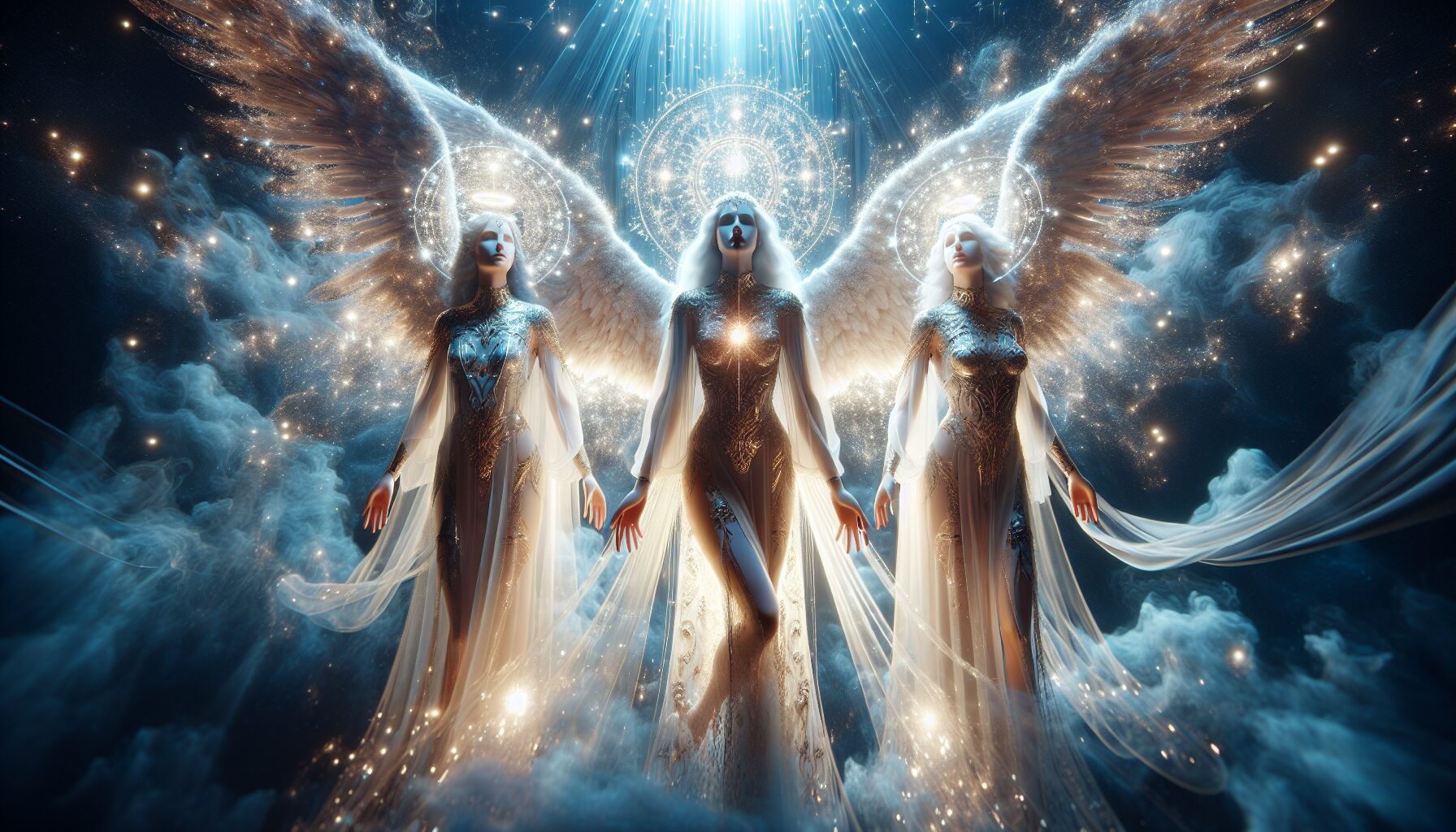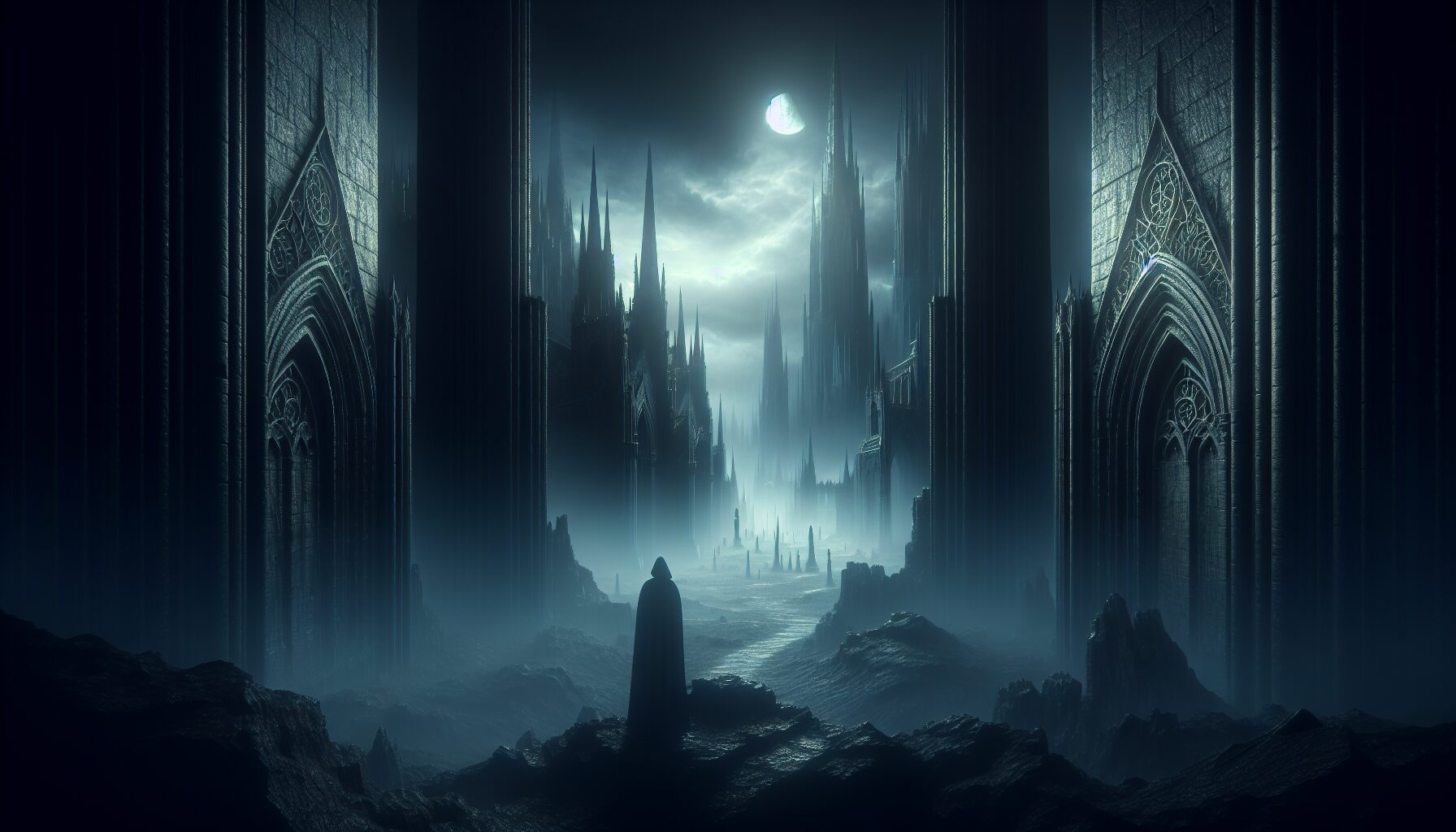Obsidian Dreams: Darkness in the Subconscious
Throughout history, dreams have been a captivating subject of interpretation, speculation, and intrigue. These nighttime narratives offer glimpses into the complex tapestry of our subconscious mind. One particularly intriguing type, often overlooked, is the phenomenon of obsidian dreams.
The Enigma of Obsidian Dreams
Obsidian dreams, named for their dark and mysterious nature akin to the volcanic glass, delve deep into the uncharted territories of the subconscious. They are characterized by their haunting qualities, often invoking profound emotions or troubling visions that linger long after waking. These dreams, while unsettling, are believed to hold significant psychological importance.
The Psychological Perspective
“Dreams are the royal road to the unconscious.” – Sigmund Freud
The study of dreams has its roots in psychology, where pioneers like Sigmund Freud proposed that dreams are manifestations of our innermost desires, fears, and thoughts. From this perspective, obsidian dreams may surface as a way for the subconscious to process unresolved conflicts, anxiety, or trauma.
- Anxiety: Often, obsidian dreams arise in times of heightened stress, reflecting the inner turmoil experienced when awake.
- Symbolism: These dreams may contain dense symbolism, requiring careful analysis to uncover underlying meanings.
- Lucid Elements: At times, obsidian dreams can lead to lucid dreaming, offering the dreamer a sense of control or understanding over their internal darkness.
Artistic and Cultural Influences
Beyond psychology, the allure of obsidian dreams permeates art and culture. Artists have long drawn inspiration from the darkness within, creating works that explore themes such as mystery, fear, and introspection. The Persistence of Memory by Salvador Dalí, an exploration into dream-like states, epitomizes the surreal and shadowy nature of these dreams.
In Literature: Renowned authors such as Edgar Allan Poe and Franz Kafka have captured the essence of obsidian dreams in their narratives, weaving tales of unease and existential dread. These writers understood the power of the surreal to evoke reflection and emotional depth within their readership.
The Intricate Dance of Light and Shadow
The metaphor of obsidian is apt not only for describing the nature of these dreams but also for understanding the delicate balance between light and darkness inherent in the human psyche. Just as obsidian glass is forged from volcanic heat and pressure, the subconscious mind molds obsidian dreams through a combination of emotional intensity and suppressed thoughts.
Exploring these dreams can be likened to an intricate dance between light and shadow. The goal is not necessarily to banish the darkness but to understand it, embrace it, and allow it to inform an enriched self-awareness.
Unlocking the Subconscious Through Interpretation
While intimidating, interpreting obsidian dreams can lead to significant personal growth and healing. Experts in dream analysis suggest several methods for individuals to decode the messages hidden within these shadowy experiences:
- Dream Journals: Keeping a detailed dream journal helps identify recurring themes, symbols, and emotions expressed during obsidian dreams.
- Professional Analysis: Engaging in therapy or discussion with an analyst experienced in dream interpretation can shed light on personal associations and deeper meanings.
- Reflective Meditation: Meditative practices aimed at introspection may provide clarity and a sense of peace regarding the dark themes encountered in obsidian dreams.
Conclusion: The Value of Embracing Darkness
While darkness is often equated with fear and uncertainty, the exploration of obsidian dreams reveals that there is much to be gained from acknowledging and embracing the shadowy sides of our consciousness. By understanding these dreams, we may not only alleviate their unsettling effects but also unravel complex emotions and hidden truths about ourselves.
“The dream is a little hidden door in the innermost and most secret recesses of the soul, opening into that cosmic night.” – Carl Jung
As we continue to navigate the intricacies of our subconscious, obsidian dreams stand as a compelling testament to the depth and darkness within us all, challenging and inviting us to grow.
